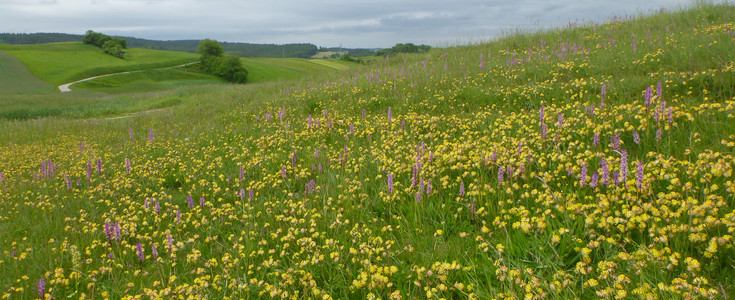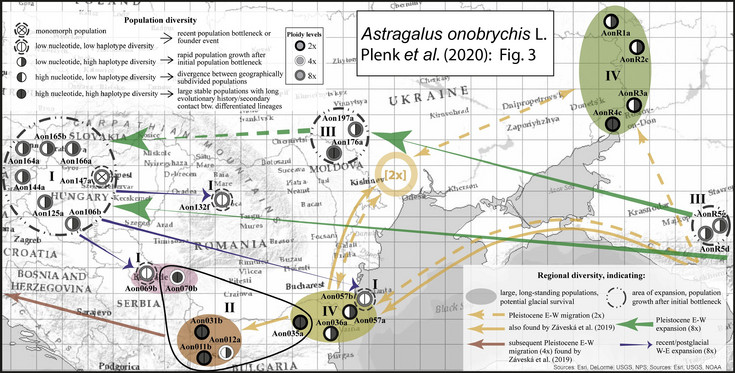In our historical-biogeographical and phylogeographical basic research, spatial-temporal and thus evolutionary developments of various taxa are reconstructed using molecular genetic methods. The fundamental goal is to gain a better understanding of the origin of biodiversity, which can also be applied in nature conservation assessment, for example. On the one hand, the study objects are systematically-taxonomically defined - e.g., the radiation of the genus Micromeria (Lamiaceae) on the Canary Islands and Madeira - and allow the study of recent speciation and ecological adaptation processes. On the other hand, studies examine various organisms characteristic of certain habitats in parallel (= comparative biogeography) to identify common patterns. For example, this is done on the Azores for various animal species that colonize the coastlines of individual island groups or for Eurasian steppe plants that show the western edge of their continental distribution in the Pannonian (north)east of Austria.

